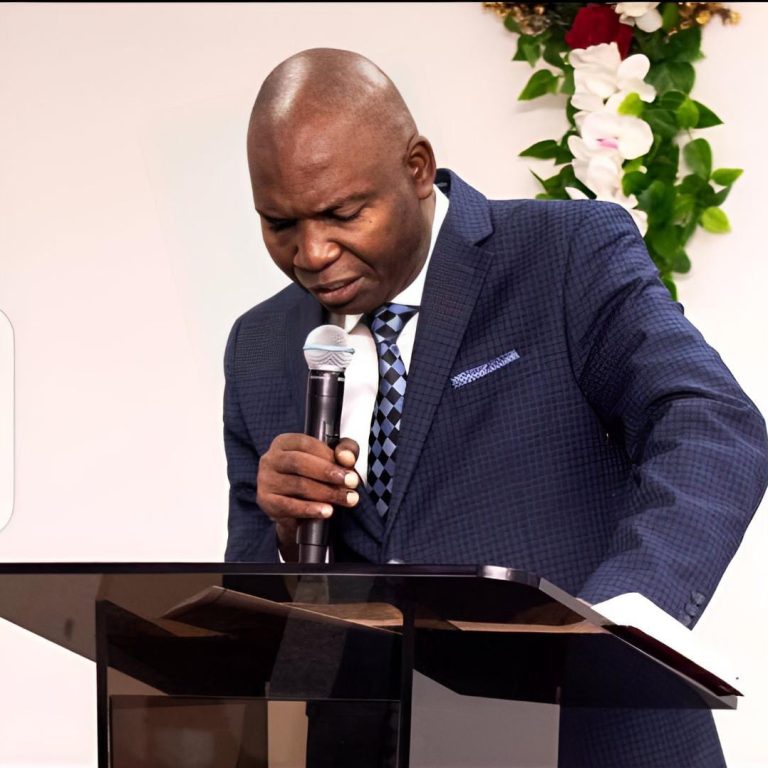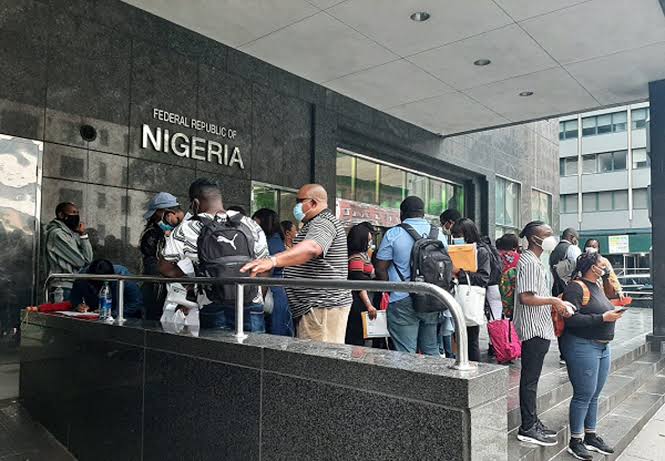Navigating the Rift: Creatives and the Church

In the rich tapestry of cultural dialogue, the relationship between creatives and the church has often been marked by a complex interplay of tension and reconciliation. This dynamic interaction stems from the intrinsic nature of both creativity and religious institutions, each possessing distinct values, priorities, and modes of expression. Exploring this tension reveals a nuanced landscape where creativity’s autonomy and the church’s doctrinal framework occasionally find themselves at odds, yet also forge paths of mutual enrichment.
Historical Antecedents
Throughout history, the church has been both a patron and a critic of the arts. From the grandeur of cathedrals adorned with masterpieces to the censorship of controversial works, the church has wielded significant influence over creative expression. This relationship has evolved over centuries, reflecting broader societal shifts in religious authority and cultural norms. Renaissance masters found inspiration in biblical narratives, while modern artists have often challenged religious conventions through provocative interpretations.
The Quest for Artistic Freedom
Creatives, by nature, are driven by a quest for artistic freedom—a pursuit that sometimes clashes with institutional constraints. The church, with its emphasis on tradition and moral guidance, can be perceived as restrictive by artists pushing the boundaries of societal norms or exploring themes that challenge religious orthodoxy. This tension is not merely ideological but also practical, as artists navigate the delicate balance between personal expression and societal expectations, often encountering resistance from religious authorities wary of perceived blasphemy or immorality.
Dialogue and Transformation
Despite these tensions, moments of profound dialogue and transformation have emerged from the creative-church dynamic. Art has the power to illuminate spiritual truths, provoke introspection, and inspire devotion. Many churches have embraced artistic expressions through music, visual arts, and drama as powerful tools for worship and outreach. Conversely, artists have drawn inspiration from religious themes, symbolism, and rituals, enriching their work with profound spiritual dimensions.
Challenges and Opportunities
Contemporary challenges continue to shape this relationship. Issues such as LGBTQ+ rights, gender equality, and social justice have sparked debates within religious communities and among creatives seeking to address these themes through their art. The clash between conservative religious values and progressive artistic expressions often fuels controversy, highlighting the ongoing struggle to reconcile tradition with evolving cultural perspectives.
Forging a Path Forward
As society evolves, so too must the dialogue between creatives and the church. Recognising the intrinsic value of creativity and the spiritual depth of religious traditions, fostering open communication and mutual respect is essential. Embracing diversity of thought and expression while upholding core values of compassion, justice, and community can bridge divides and foster a more inclusive environment where both creativity and faith flourish.
In conclusion, the tension between creatives and the church is a reflection of broader societal dynamics—where tradition meets innovation, and where spiritual expression intersects with artistic freedom. By navigating this intricate terrain with empathy and openness, both creatives and religious institutions can cultivate a richer dialogue that enriches cultural life and nurtures the human spirit.













